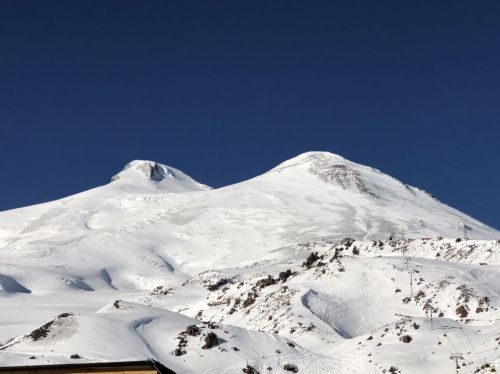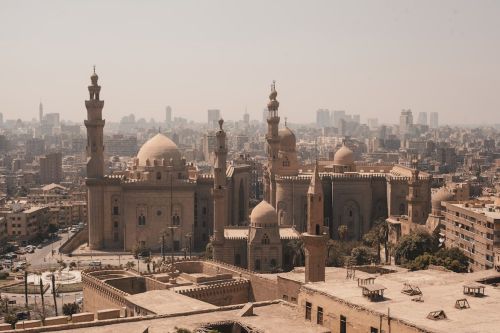Approximately 50,000 people make the trek to Africa's highest mountain each year. This solitary massif rises to an altitude of 5895 meters and is located in Tanzania's Kilimanjaro National Park, on the border with Kenya.
The name Kilimanjaro is shared by three volcanoes in the massif, which stretches for about 80 km. Only one of the volcanoes is active. Its crater contains the highest point in Africa, Uhuru Peak.
According to local tribal beliefs, Kilimanjaro is the mountain of spirits and demands respect and prayers.
The highest - Kibo (5895 m), followed by Mawenzi (5149 m) and Shira (3987 m).
The volcano last erupted in the 1940s. The largest eruption took place three hundred and sixty thousand years ago and destroyed everything within a radius of many kilometers.
The area of the glacier at the beginning of the 20th century was about 12 square kilometers, now it is five times smaller. Tanzania's glaciers supply part of the country's water system, and their disappearance will cause catastrophic changes in agriculture and the economy as a whole.
In the foothills you will find cultivated fields, more distant savannas, sparse dry forests, montane forests - dense evergreens, shrubs, mountain meadows and perpetual snow.
At an altitude of 4,100 meters, there are forests of subtropical floor heather, which are the highest forests in Africa.
The rainy season is divided into long rains (from April to June) and short rains (from October to December).
From hot in the foothills to very cold at the summit. Temperatures can drop to -15 °C (5 °F) at night.
It took about six weeks to reach the summit, today it takes 5-6 days.
The most common reasons are lack of acclimatization and altitude sickness, which most people suffer from above 4,000 meters.
Coltan Tanner is currently the youngest person to climb Kilimanjaro. He reached the summit in 2006.
Six are for ascent, the seventh is for descent only.
A representative of the species Entandrophragma excelsum, found in one of the valleys, is 81.5 meters high.












